Pxlink: Obsidian: [[04-01-01-Music | Music]] [[01-01-01-Keystep | Keystep]] [[01-01-01-Reface | Reface]] [[03-01-01-Synthesizers | Synthesizers]] [[01-01-01-Ableton | Ableton]]
https://github.com/martin-stone/ctpatch
Circuit Tracks
Setup View - Shift + Save
Advanced Setup View - Shift while powering on
- 2 MIDI Out enable: Duplicate button is green
- Enable compressor FX button is green
- note: Easy Start Tool
Bootloader Mode - Hold down the Scales , Preset and Note
- Synth 1 and Synth 2 are lit; selecting either of these displays a pattern of illuminated pads; the pattern represents the version numbers of the three firmware elements in binary form. You may need to describe these patterns to Novation’s Technical Support Team in the event of a problem.
Save Lock - Shift + Save while powering on.
Scales
Root Note - niebieski u góry
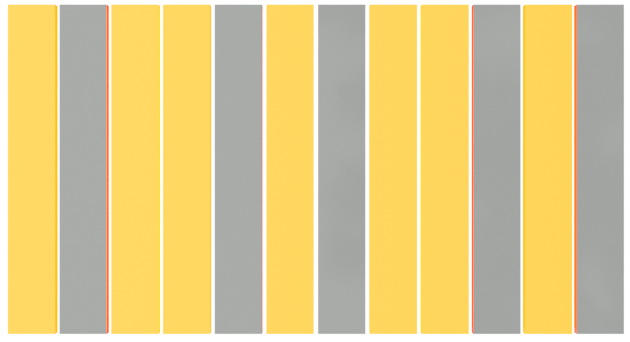 |
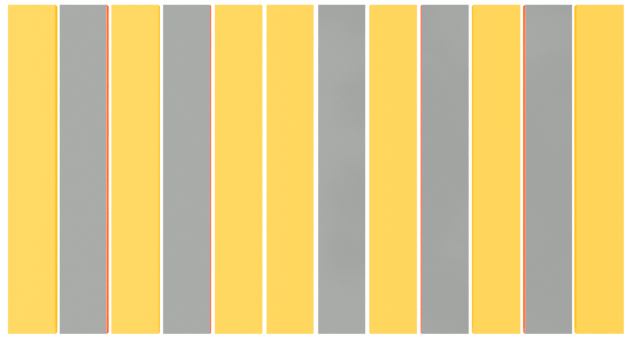 |
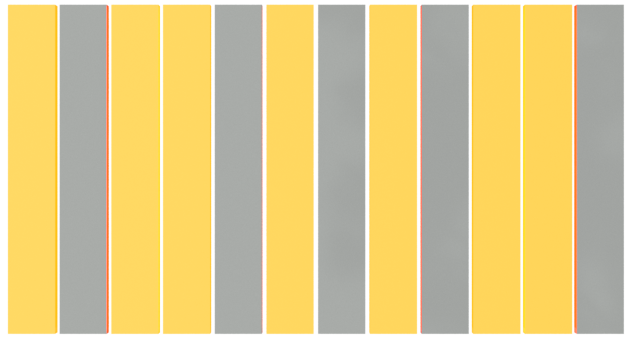 |
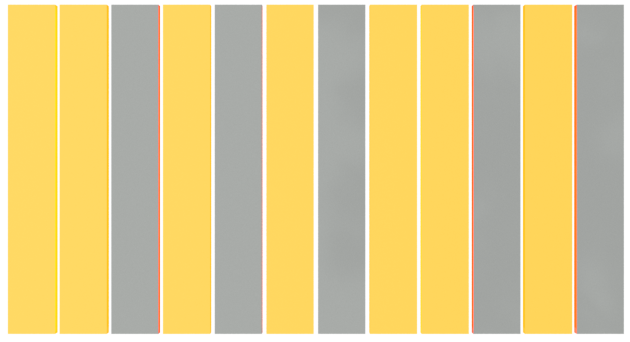 |
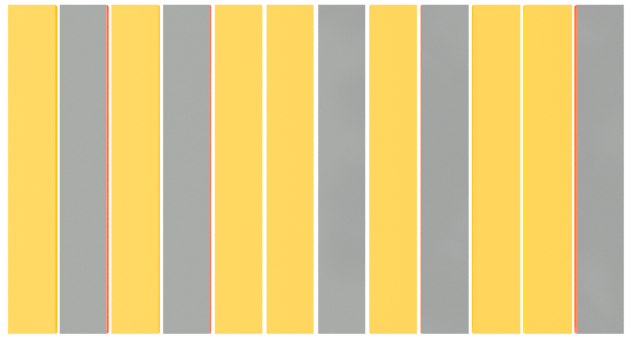 |
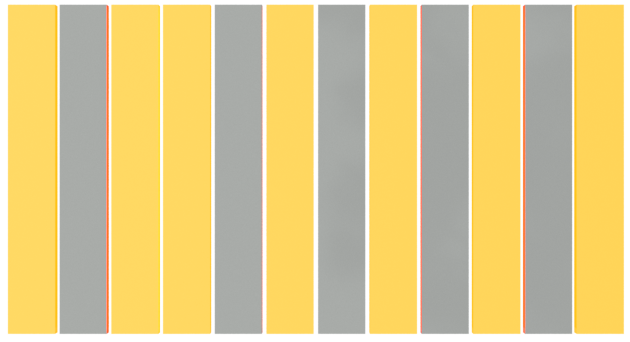 |
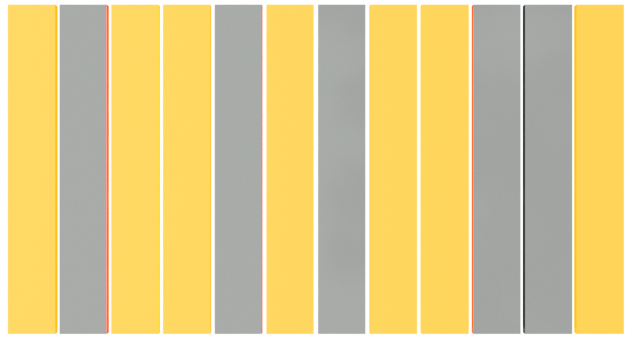 |
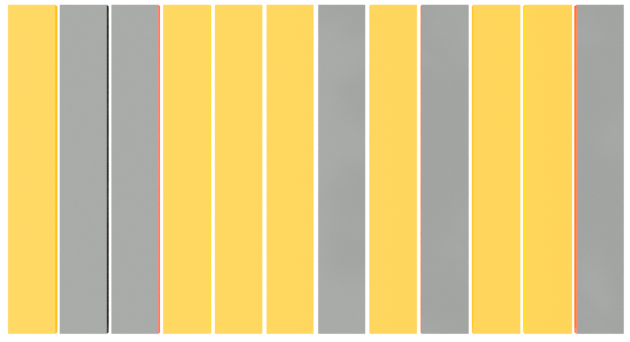 |
|---|---|---|---|---|---|---|---|
| 17 Natural Minor | 18 Major | 19 Dorian | 20 Phrygian | 21 Mixolyduan | 22 Melodic Minor | 23 Harmonic Minor | 24 Bebop Dorian |
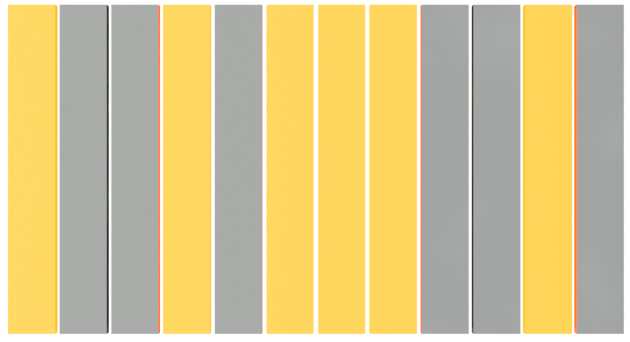 |
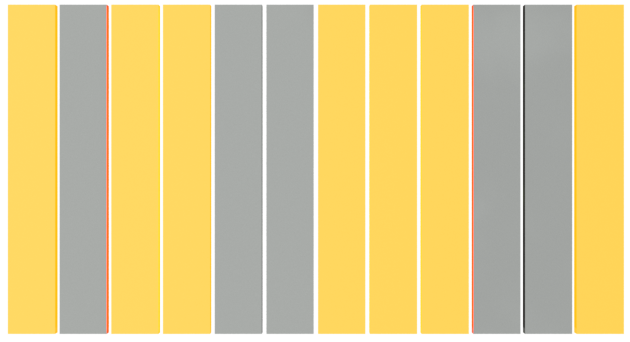 |
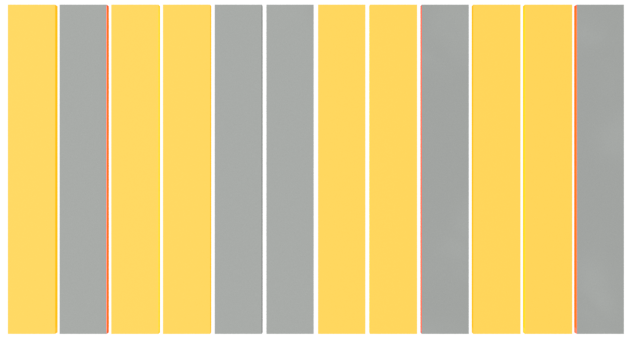 |
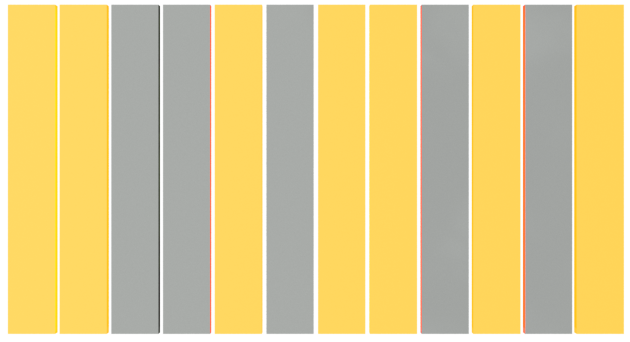 |
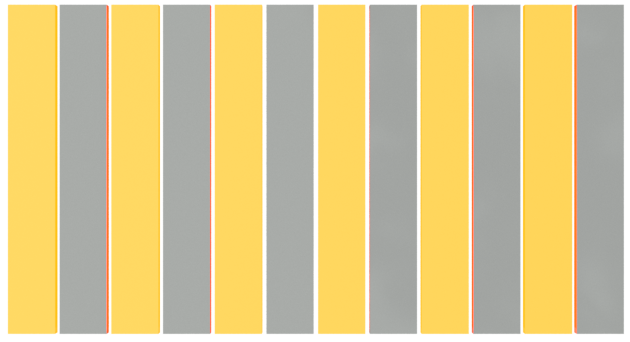 |
|||
| 25 Blues (6) | 26 Minor Penatotonic (6) | 27 Hungarian Minor | 28 Ukraninian Dorian | 29 Marva | 30 Todi | 31 Whole Tone (6) | 32 Chromatic (12 keys) |
Pattern Settings & Probability
multiplier/divider of the BPM 1/16 is the default sync rate, where each step corresponds to a 16th note
| 1/4 | 1/4 T | 1/8 (halfstep) | 1/8 T | 1/16 | 1/16 T | 1/32 (2x) | 1/32 T |
| 4 | 6 | 8 | 12 | 16 | 24 | 32 | 48 |
| 1 | 1.5 | 2 | 3 | 4 | 6 | 8 | 12 |
| 2 | 4 | 8 | 16 |
-
length - Dlugosc sekwncji (ilość nut)
-
nudge - Cały pattern do przodu albo do tylu Remember that when using Nudge with Patterns of less than 16 steps, the effect of Nudge is restricted to the Pattern length. Steps outside the Pattern length will be unchanged.
FX
- delay -{up}, reverbs - {bottom} (global)
side chain
- on sustain things . will react to drum 1 right white knefels to more effect cutoff taki
Delay:
| Small Chamber | Small Room 1 | Small Room 2 | Large Room | Hall | Large Hall | Hall – long reflection | Large Hall – long reflection |
Reverb:
| Slapback Fast (V fast) | Slapback Slow (fast) | 32nd Triplets (48) | 32nd (32) | 16th Triplets (24) | 16th (16) | 16th Ping Pong (16) | 16th Ping Pong Swung (16 + swing) |
| 8th Triplets (12) | 8th dotted Ping Pong (8 +3 beats with Stereo Spread) | 8th (8) | 8th Ping Pong (8) | 8th Ping Pong Swung (8 with swing) | 4th Triplets (6) | 4th dotted Ping Pong Swung (4 +3 with swing) | 4th Triplets Ping Pong Wide (6) |
Notes
Gate
Velocity
(how hard is press) nie wszystkie mają głośność Fixed Velocity is enabled by pressing Velocity 6 while holding down Shift 19 . Fixed Velocity is confrmed by the Velocity button illuminating white while Shift is held down
Pattern
Lock View
Mixer
- Mute
Scenes
, press and hold Shift: the Scene pads change colour to dim gold. Press a Scene pad (while still holding Shift) – it will light bright gold while pressed, indicating that Patterns are now assigned to it.
Circuit Rhythm
PC
.sys /.sysex - drum samples / patch
.circuitpack - whole pack
midi device on windows:
Components
Samples workflow:
|KK | KK | SD | SD | CH | CH | OH | OH| |-|-|-|-|-|-|-|-|
|TT|TT|P|P|V|V|V|V| |-|-|-|-|-|-|-|-|
Synth Engines
2 mininova oscillator engines. Circuit is not FM synth. It does analog modeling and wavetable synthesis.
Oscillator
- Waveform - wave shape
Index(OSC Pulse Width) - Shift waveform.Semitones- Multiple octave playing one note. Detune semitones up or down on octave. setting it to +12 effectively shifts the oscillator tuning up one octave.Cents- Cents detune. (1/100 of a semitone), ±50 tunes the oscillator to a quartertone midway between two semitones.Density- Density. adds copies of the oscillator waveform to itself. Up to eight additional virtual oscillators are used for this, depending on the value of the parameter. This produces a “thicker” sound at low to medium values, but if the virtual oscillators are detuned slightly (see Density Detune below), a more interesting effect is obtained.Detune- Density detune. This parameter should be used in conjunction with the Density controlInterpolate- Wave interpolate. (value of 127 will create a very smooth transition, with the adjacent waveforms blending together. With a value of zero the transitions will be abrupt and obvious)VSync- Virtual Sync depth?
Mixer
Mix oscillator 1 and 2
Osc- Add Oscillators to mix. Can detune adding second oscillator and mix them on mixer.Noise- Add noiseRingmode-- PreFX -
PostFX-
Filter
Filter out certain frequencies. (Color and Shape of sound)
- Filter type: What to cutoff. Lowpass - cut right, High pass - cut left, Bandpass - both / 12dB (flat) sound is bassy (more higher freq), 24dB (more slope) cutoff slope. Greater value sooner cut off.
- Bypass: Which oscillator will be affected. Normal, O1 bypass, O1+O2 bypass(will still affect noise and some settings)
Cutoff FrequencyFilter - How much to cut off filter, alter the tone of your sound from soft to sharp.ResonanceFilter - EndKey Track0-127 - change freq depend on how high on keyboard note is (higher keys higher freq) (usefull if playing large range )Env2 > Freq+-64 - Add automatically Filter to react on Envelope 2 !!!!!!!!!- Q norm - : This parameter alters the bandwidth of the peak created by the resonance control. The value of filter res has to be set to something other than zero for this parameter to have any effect. This feature enables the Filter section to emulate many of the filter responses found on various classic analogue and digital synths
Drive- distort / amplify going in to filter. dif types (bit crush, rat reduce)- Drive Type - Same as EFFECTS > DISTORTION
Envelopes
3 Envelopes: Velocity, Velocity, Delay
AttackDecaySustainRelease
.
1. Envelope Amplifier (amplifier allow go sound through so 1 env will change loudness)
2. Envelope Filter
3. Envelope Extra one (you can control by macro ) normally attack
LFO
LFO require destination to work. (Apply only in matrix)
- Waveform - Wave shape
Slew(as portamento or glide for LFO wave ) limits how quickly wave can change value shape of the LFO waveform. Sharp edges become less sharp as Slew is increased.- Phase - Shift tells LFO where in the wave to start
- One Shot - o generate just a single cycle of its waveform.
- Common Sync - LFOs are in use for pitch modulation (their most common application), Common Sync is only applicable to polyphonic voices. It ensures that the phase of the LFO waveform is synchronized for every note being played. When to set Off, there is no such synchronization, and playing a second note while one is already pressed will result in an unsynchronized sound as the modulations will be out of time
Rate- (can sync to temp ) Speed / LFO’s frequency. A value of zero stops the LFO, and most musical effects are likely to use values in the 40~70 range,- Rate Sync - synchronized to aninternal/external MIDI clock. When set to Off, the LFOs run at a frequency set by the Rate parameter
- Delay - (can sync to temp )with fade modes
- Delay Sync -
- Sync Style - Key Sync / Free - start with new key push s Off, there is no way of predicting where the waveform will be when a key is pressed.
- Delay Triger - Singiel / Multi - Fade/Gate parameters set by Fade
- Fade mode
- Fade In - gradually increased over the time period set by the Delay parameter
- Fade Out gradually… , leaving the note with no LFO modulation.
- Gate In - onset of the LFO’s modulation is delayed by the time period set by Delay parameter, and then starts immediately at full level.
- Gate Out - The note is fully modulated by the LFO for the time period set by the Delay. At this time, the modulation stops abruptly.
Effects
Chorus / Phaser
- Chorus / Phaser chorus is great
Rate- Sync
FeedbackDepthDelayLevel
Equalizer
- low mid high for freq and gain
Distortion
Level- Comp
- Type
| Diode | Simulation of analogue Circuitry producing distortion | progressively “squared-off” as the amount of distortion is increased. |
| Valve | Simulation of analogue Circuitry producing distortion | similar to Diode, but atextreme settings alternate half-cycles of the waveform are inverted. |
| Clipper | Simulation of a | digital overload. |
| Cross-Over | Simulation of the | crossover distortion generated by bi-polar analogue Circuitry, (e.g., amplifier output stages) |
| Rectify | All negative-going half-cycles are inverted | simulating the effect of rectification. |
| Bit-Reducer | Reproduces the “grainy” quality associated with lower bit rates, as found in older digital devices. | |
| Rate-Reducer | Gives the effect of reduced definition and HF loss, similar to the use of a low sample rate. |
Voice
- Voice - Mono, Auto-Glide, Poly
Portamento-- Pre-glide -
- Keyboard Octave -
Modulation
4 macros per knob, 20 matrix slots
Modulation Matrix
| Source | ||
|---|---|---|
| Performance | Velocity | How hard key pressed |
| Performance | Keyboard | |
| LFO | LFO + | |
| LFO | LFO +- | |
| Envelopes | Envelopes |
| Depth | how far parameter will be adjusted |
| Destination | ||
|---|---|---|
| Oscillator | Pitch | Modulate Pitch |
| Oscillator | V sync | |
| Oscillator | Pulse width | Modulate wavetable index |
| Mixer | Levels | |
| Mixer | RingMod 1 * 2 Lvl | |
| Filter | Drive Amount | |
| Filter | Frequency | |
| Filter | Resonance | |
| LFO | Rate | |
| Envelopes | 1 Amp Decay | |
| Envelopes | 2 Filter Decay |
- diff: 2 sources 1 slot on single destination different 2 sources 2 slots on same destination
Macros
Combine up to 4 settings in top knobs 1-8 for synths
Set up in editor
- Set destination! WHAT TO CHANGE
- seto knob to 0
- set mini settings
- change knob to max
- change depth to where max should be (positive depth)
Depth, jak duzo zmiany i w ktora strone
Macro for synths
| Tracks | Rhythm | Track Drums | |
|---|---|---|---|
| 1 | Oscillator | Tune | Static pitch |
| 2 | Oscillator Mod | Start | |
| 3 | Amp Envelope | Length | Decay envelope time |
| 4 | Filter Envelope | Slope | |
| 5 | Filter Frequency | Distortion | Distortion |
| 6 | Resonance | HP | - |
| 7 | Modulation | LP | Filter |
| 8 | FX | Resonance | - |
- Env2mod - how filter env / lead arpeggio to softer sound
- 50 % is for Attack/ Release
- Resonance / Overdrive
-
Vibrato, EFX Dry / wet / also chorus lfo speed
Performance:
- LFO speed / intensity, OSC Tune
- modulation depth
- Morph functions. Wavetable Positions, Oscillator A/B Ratio
MIDI
Key Mapping
type: Control Change raw event: 11
| Synth1 | Synth2 | Drum1 | Drum2 | Drum3 | Drum4 | Reverb | Delay | Filter | Mixer | Mixer | ||
|---|---|---|---|---|---|---|---|---|---|---|---|---|
| channel | 1 | 2 | 10 | 10 | 10 | 10 | 16 | 16 | 16 | 10 | 16 | |
| knob1 | 80 | 80 | 14 | 46 | 111 | 88 | 12 | |||||
| knob2 | 81 | 81 | 34 | 55 | ||||||||
| knob3 | 82 | 82 | 15 | 47 | 112 | 89 | 14 | |||||
| knob4 | 83 | 83 | 40 | 57 | ||||||||
| knob5 | 84 | 84 | 16 | 48 | 113 | 90 | 12 | |||||
| knob6 | 85 | 85 | 42 | 61 | 114 | 106 | 23 | |||||
| knob7 | 86 | 86 | 17 | 49 | 115 | 109 | 45 | |||||
| knob8 | 87 | 87 | 43 | 76 | 116 | 110 | 53 | |||||
| filter | 74 |
raw event: 10 keys 1-127
https://fael-downloads-prod.focusrite.com/customer/prod/s3fs-public/downloads/Circuit%20Programmers%20Reference%20Guide%20v1-1_0.pdf
Clear MIDI value on knobs RYTHM
|0.5 | 0 | 1 | 0.5 | 0 | 0 | 1 | x | |-|-|-|-|-|-|-|-|-|
- piano LFO 1 > destination: freq
- Source LFO +/- . Jak zmieniamy depth to 30 i -30 brzmi tak samo
- Source LFO + .
- depth 20 .> 1/3
- depth 25 > 1/5
- depth 30 > interval of octve (destinantion 1/2pitch)
- source: velo > destination LFO rate. give random
- LFO change another LFO: LFO 2 +/- , destination: LFO 1 rate destination2: Osc 1 Pulse Width
TRIX:
- Modulate index with LFO !!
- LFO 1+ > OSC1 Pulse Width
- ?
- LFO 1+ > Frequency ()
- Env2mod - how filter env
- Tremelo (lfo modulating volu o amplifire)
- LFO 1+ > mix: Osc 1 Lvevl
- LFO 1+ > mix: Osc 2 Lvevl
- LFO 1+ > noise level
- you can use wavetables
Power Supply
-
Voltage must always be the same as that required by the device. (Tick)
-
Amperage on the adaptor must be same or higher than required by device (Tick)
-
Polarity must be the same (Is the power supply Centre Positive? (Tick?) This is the little symbol that looks like a C with a dot in the middle with a + and - on either side. If the Plus is pointing at dot in the middle it is center positive.
-
Power plug size
In regards to the amperage, think of amperage as how much current the power supply can handle safely without burning out. If the supply can deliver 1.5 amps and you only pull 1 amp then it is safe. (Never use a lower amperage power supply, it will probably burn up or catch fire if badly designed)
Not all USB cables are the same. The thickness of the wires that supply power to the device can be critical to both audio performance, and its resilience to static electricity. The best way to choose a cable is to look at the markings on the side. These will usually say ‘2725’ and then another set of numbers containing ‘AWG’: ‘28AWG/1PR AND 24AWG/2C’ or similar. The first number will always be 28AWG, and the second will be a number between 20 and 28. The lower this second number, the thicker the wire. If the printing just says ‘28AWG’, this means 28AWG for both numbers. Focusrite recommends using cables where the second number is 24AWG or lower.
12 v 1250ma usb
My Patches
piano - https://www.youtube.com/watch?v=LXrYyTmkaic
Links
https://ledgernote.com/blog/interesting/musical-key-characteristics-emotions/
http://www.gradfree.com/kevin/some_theory_on_musical_keys.htm
Isotonic manual Novation login
Samples
https://trisamples.com/
https://cymatics.fm/pages/free-download-vault
https://www.noiiz.com/
https://www.looperman.com/
https://r-loops.com/